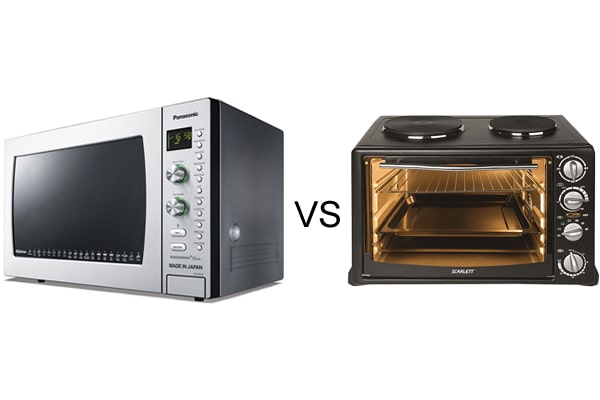Color blindness is real. This is the inability to distinguish or notice differences between colors. When it comes to distinguishing teal and turquoise, many are color blind. I noticed that a lot of people confuse and refer to these colors interchangeably. If you are in that condition, we are here for you.
Being a team of color fanatics, we thought of diving deep and research these colors to bring an ultimate solution for you. From our research, we noticed that teal and turquoise are similar in that they are both shades of blue-green color thus the confusion.
However, the difference applies in that turquoise is a lighter shade of bluish-green than teal. With that in mind, let’s dig dip for better understanding.
Difference Between Teal And Turquoise in Definition
Teal is the darker shade of greenish-blue color. It is mostly a blend of blue and green mixed on a white base. Therefore, its hexadecimal code is #008080. On the other hand, turquoise is the lighter shade of greenish-blue that is derived from a blend of green and pale blue colors. Therefore, its combination code is #40E0D0.
| Teal | Turquoise |
|---|---|
 |  |
History Difference
Teal, a tint variant of bluish-green color originated from the duck family, a freshwater duck known as common teal. This bird has teal stripes around the eyes to the head top. Later, people associated the name teal with color and first used it as an English word in 1917.
On the other hand, turquoise originated from a French mineral/ gemstone that was first transported to Europe through turkey thus the name Turkish or turquoise. It was later associated and used as an English word to symbolize color in 1573.
Psychological Difference
Just as there is life psychology, there is color psychology. So, in color psychology, teal stands for faith, clarity of thought, openness in communication as well as rejuvenation. It also stands for hope thus used as a color theme in ovarian cancer awareness to preach hope.
Turquoise in color psychology stands for confidence, peace of mind, wholeness, energy, serenity, and peace. This shade is similar to shallow waters thus associated with peace and calmness.
Functionality Difference
Teal is an extremely versatile color that comes with a bulk of functions. It is neutral in gender basis, perfect for special occasions, and complements well with maroon, yellow, or silver. The color is well put in clothes like jackets, shirts, and dresses.
Turquoise is also versatile in functionality but mostly associated with femininity. This color blends well with girlish colors like pink, yellow, white, and even maroon. Also, you will find It used as home décor in most girlish houses to provide peace and serenity.
Difference of Color Versions
Teal comes with two basic versions known as teal blue and teal green. Teal blue is the medium shade of teal, has more blue, and is normally associated with positive vibes, energy, and youthfulness. It’s normally an ideal color to major in your home office or study area. Teal green has more green than blue.
Turquoise, on the other hand, comes in multiple shades like a celeste, medium turquoise, and dark turquoise among many. This makes it universal and popular.
Benefits of Teal Color
- Teal is normally referred to as a natural color thus preferred as a logo theme to most companies to bring a sense of comfort and warmth to their clients.
- It is a unique color that is slowly becoming prominent in home interiors
Benefits of Turquoise Color
- Associated with femininity, this color evokes the feeling of female energy and sophistication.
- Its normally associated with calmness, peace and connections to spiritualism
- The color appears so attractive and ideal for making jewelries.
Final Recap
Although different in shades, teal, and turquoise are similar in that they are both variants of green-blue color. They are also both calm colors and versatile in functionality. However, their difference is dominant.
As seen above, these colors are different in appearance in that turquoise appears lighter than teal. They are also different in originality as well as terms of combination. We, therefore, hope that our guide has provided a comprehensive solution for you.





